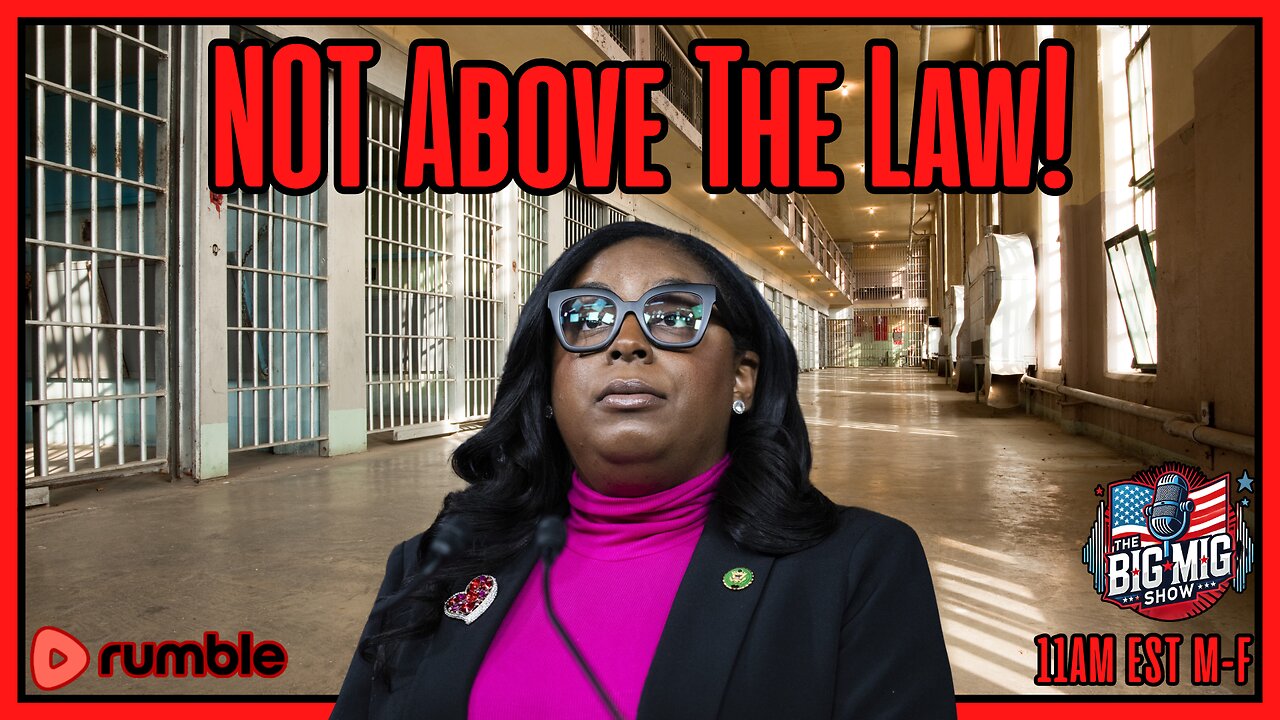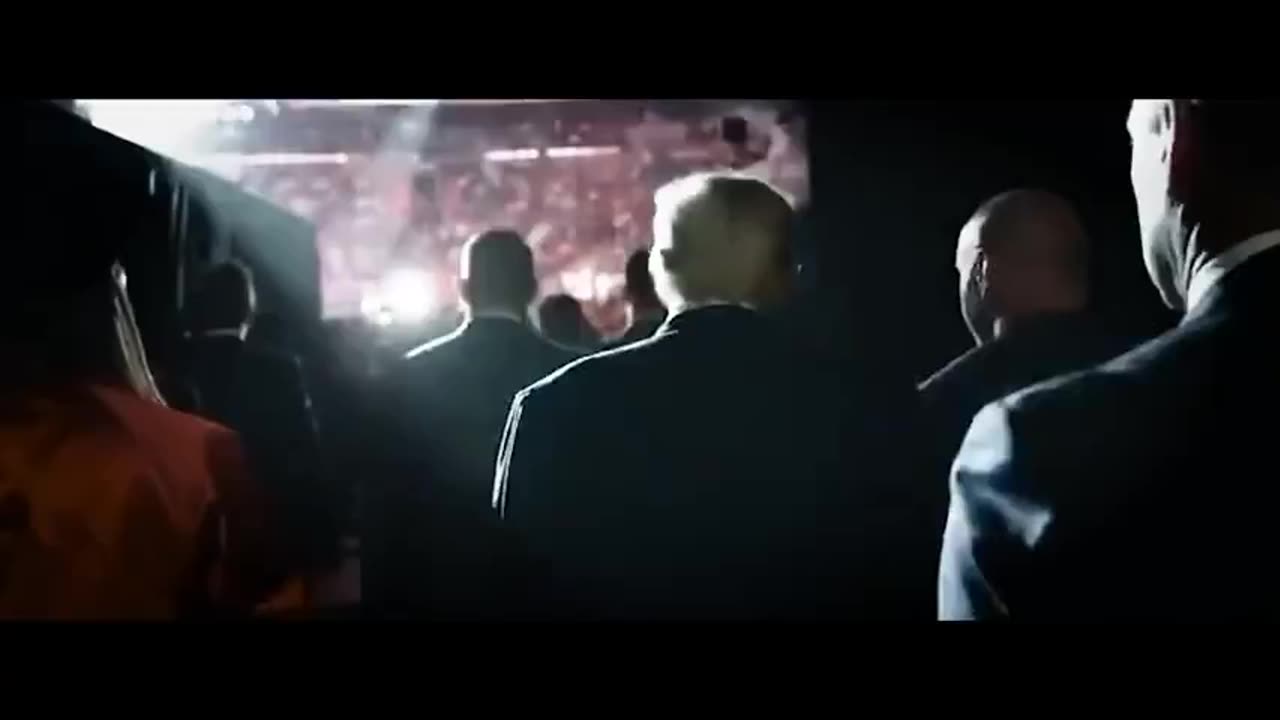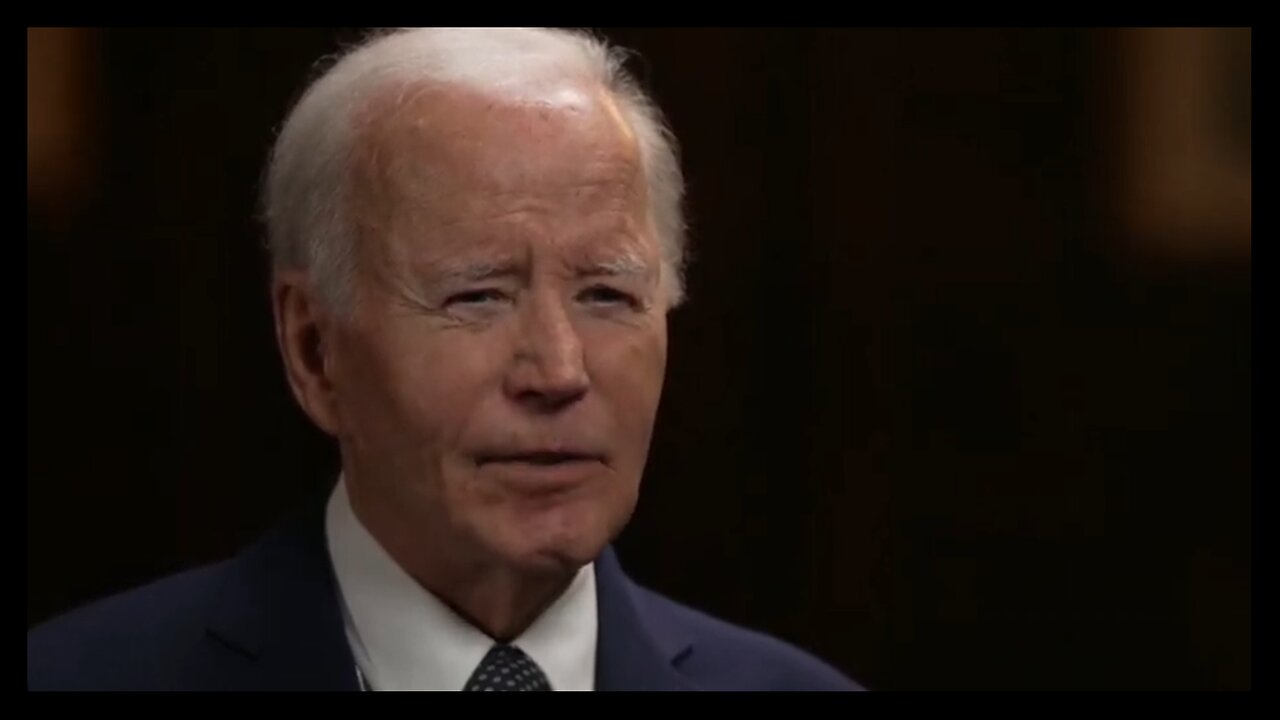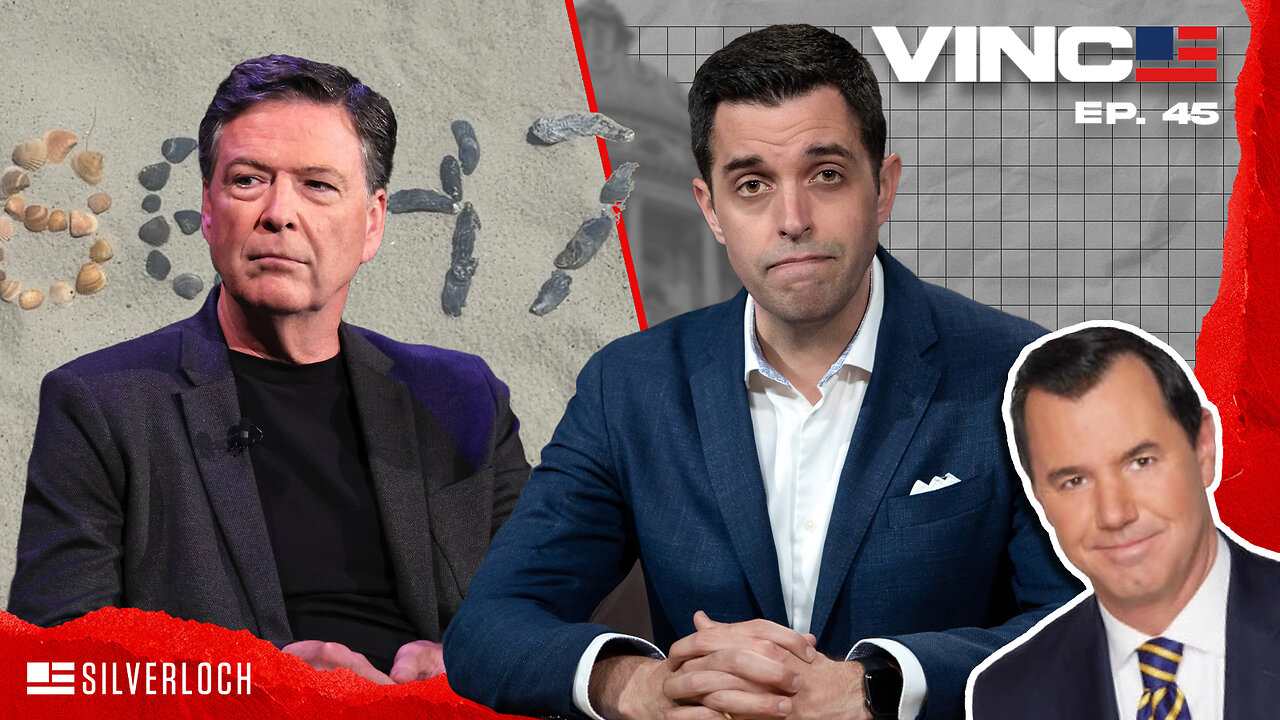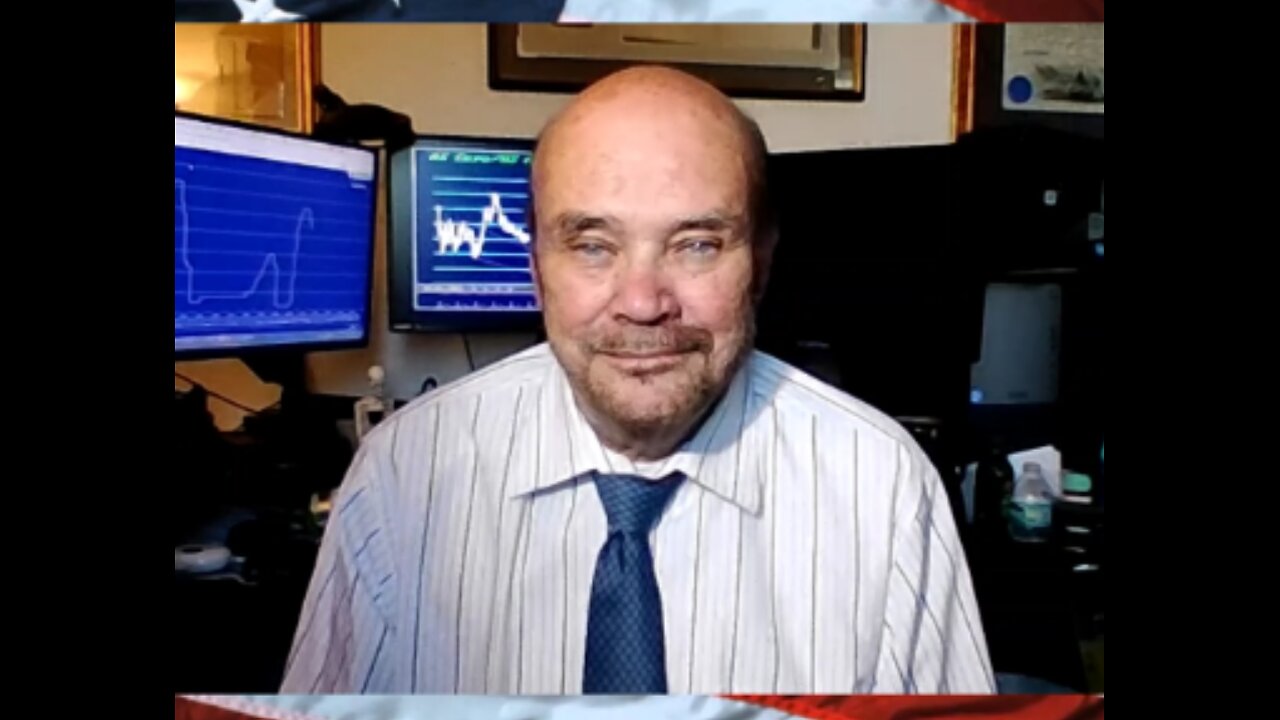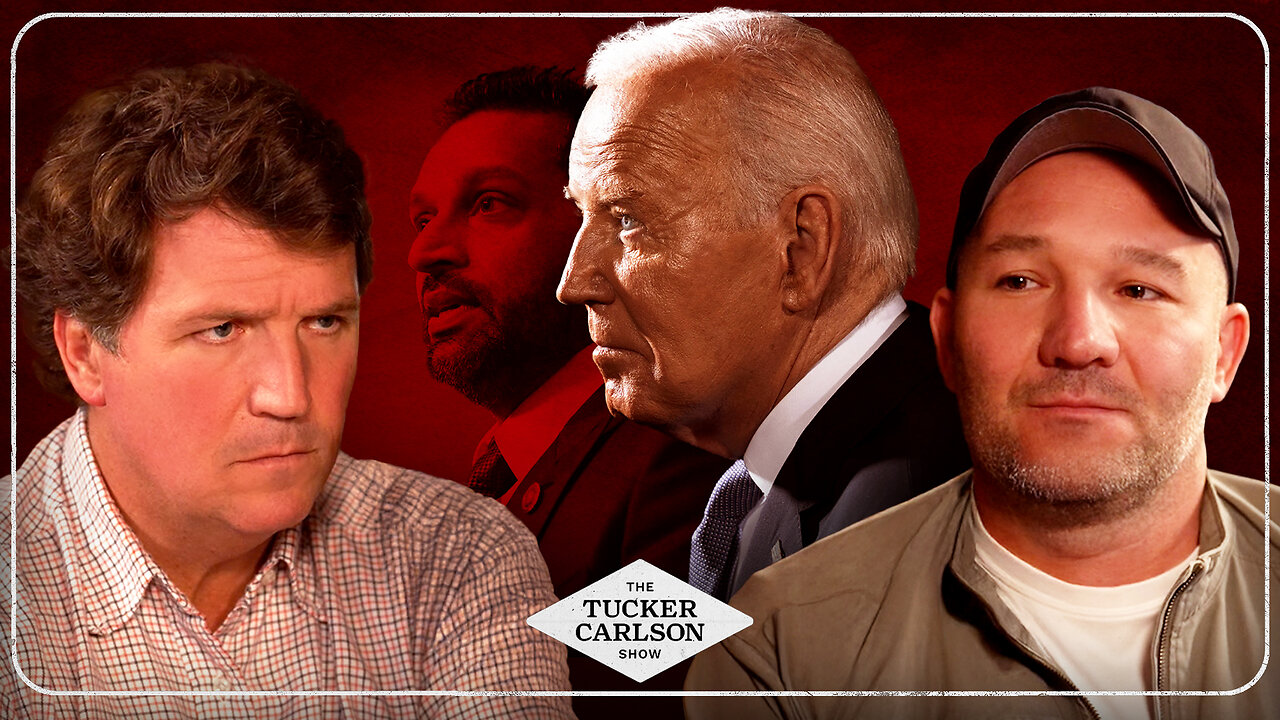Advent's hidden power: How Christ restores what sin destroys


As we enter the season of Advent, let us reflect on Jesus’ work, through his incarnation, of restoring God’s image within his followers.
The divine image and idolatry
Psalm 115:2 asks: Why should the nations say, “Where, now, is their God?” The reply? “But our God is in the heavens; He does whatever He pleases” (v. 3).
Indeed, Yahweh is “Maker of heaven and earth” (v. 15). By contrast, the gods of the pagan nations are lifeless:
Their idols are silver and gold, the work of man's hands. They have mouths, but they cannot speak; they have eyes, but they cannot see; they have ears, but they cannot hear; they have noses, but they cannot smell; they have hands, but they cannot feel; they have feet, but they cannot walk; they cannot make a sound with their throat (vv. 4-7).
Then we come to the arresting line: “Those who make them will become like them, everyone who trusts in them” (v. 8).
New Testament scholar G.K. Beale notes in his book "We Become What We Worship: A Biblical Theology of Idolatry" that as we compare such a text with Genesis 1, we find ourselves encountering a key theme in biblical theology: God created humans as “imaging beings who reflect his glory.”
Christ, who is the very image of the invisible God, came to restore that image that had been tarnished and obscured by sin.
As we see in Psalm 115, humans’ failure to commit themselves to God will result in their reflecting not him but something else in creation. We’ll either reflect the Creator or the creature. Idolaters resemble what they worship: “What people revere, they resemble, either for ruin or restoration.”
In Martin Luther’s Large Catechism, he writes:
A god is that to which we look for all good and where we resort for help in every time of need; to have a god is simply to trust and believe in one with our whole heart. As I have often said, the confidence and faith of the heart alone make both God and an idol. If your faith and confidence are right, then likewise your God is the true God. On the other hand, if your confidence is false, if it is wrong, then you have not the true God. For the two, faith and God, have inevitable connection. Now, I say, whatever your heart clings to and confides in, that is really your god.
Where we find our ultimate security and whatever claims our deepest loyalty, that is our god.
According to Old Testament scholar Christopher Wright in his book "The Mission of God," gods and idols may be gateways to the demonic world, but primarily the Scriptures view them as “the work of human hands, constructs of our own fallen and rebellious imagination.”
Wright adds: “The primal problem with idolatry is that it blurs the distinction between the Creator God and the creation. This both damages creation (including ourselves) and diminishes the glory of the Creator.”
Concerning Exodus 20:3-6, Beale asks: Do we have two commands or just one?
After all, having “no other gods” before the Lord meant not making “an idol, or any likeness” of anything in the world in order to be worshipped “since it was believed that the divine presence was to be contained in that image.” And even an image that represented the Lord — like the golden calf (Exodus 32:1-9) — was an assault on the Creator-creature distinction; such images were prohibited in order to “maintain a continuing consciousness among God’s people that there is a distinction between the Creator and the finite creation.”
To represent God in creaturely form was to idolatrously misinterpret him. God’s presence couldn’t be localized in an object; any attempt to do so diminished his incomparable glory (Isaiah 42:8).
The divine image and the Incarnation
This brings us to the point of the Incarnation and the mission of God.
In Wright’s words:
Since God’s mission is to restore creation to its full original purpose of bringing all glory to God himself and thereby to enable all creation to enjoy the fullness of blessings that he desires for it, God battles against all forms of idolatry and calls us to join him in that conflict.
Thus, we “need to understand the whole breadth of the Bible’s exposure of the deleterious effects of idolatry in order to appreciate its seriousness and the reason for the Bible’s passionate rhetoric about it.”
The church father Irenaeus wrote: “He who was the Son of God became the Son of man, that man … might become the son of God.” That is, Christ, who is the very image of the invisible God (2 Corinthians 4:4; Colossians 1:15), came to restore that image that had been tarnished and obscured by sin. He is the most true human, the very archetype of humanity — the second Adam who came to undo the damage of the first Adam.
His incarnation, death, and (especially) resurrection have ushered in a new creation. As a result, we who have put on the new self are “being renewed to a true knowledge according to the image of [Christ]” (Colossians 3:10).
As Advent is upon us, we are reminded of these themes. Charles Wesley’s hymn “Since the Son Hath Made Me Free” puts it this way:
Heavenly Adam, life divine,
Change my nature into thine;
Move and spread throughout my soul,
Actuate and fill the whole;
Be it I no longer now
Living in the flesh, but thou.
And in his “Let Heaven and Earth Combine,” he writes:
He deigns in flesh to appear,
Widest extremes to join;
To bring our vileness near,
And make us all divine:
And we the life of God shall know,
For God is manifest below.
And again in “All-wise, All-good, Almighty Lord”:
Didst thou not in thy person join
The natures human and divine,
That God and man might be
Henceforth inseparably one?
Haste then, and make thy nature known
Incarnated in me.
This article is adapted from a post that originally appeared on the Worldview Bulletin Substack.
Originally Published at Daily Wire, Daily Signal, or The Blaze
What's Your Reaction?
 Like
0
Like
0
 Dislike
0
Dislike
0
 Love
0
Love
0
 Funny
0
Funny
0
 Angry
0
Angry
0
 Sad
0
Sad
0
 Wow
0
Wow
0







